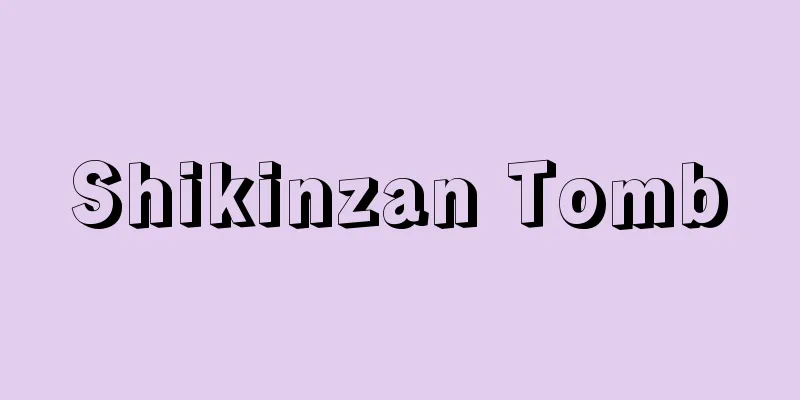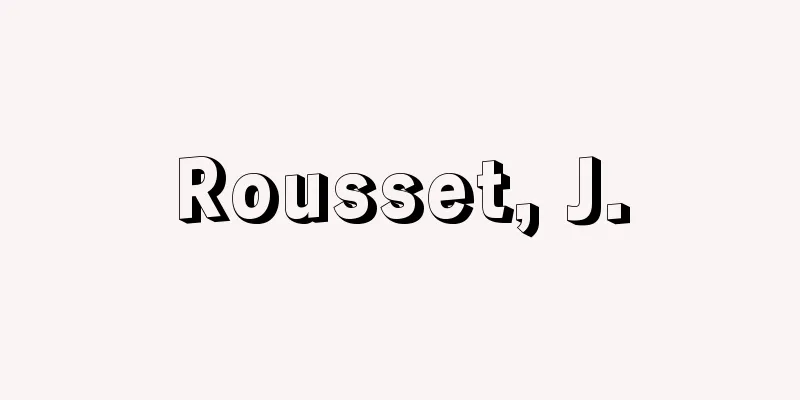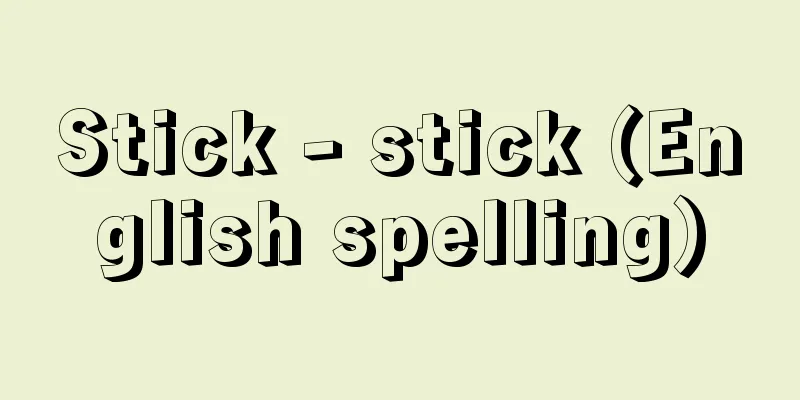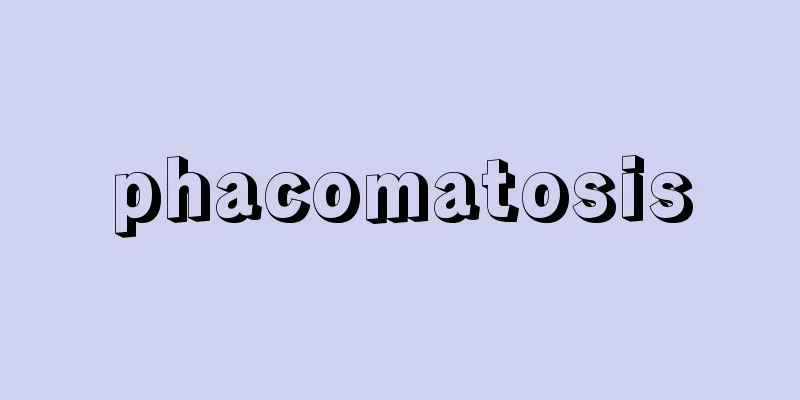Shikinzan Tomb

|
This keyhole-shaped tumulus is located on the grounds of the Ibaraki Branch of Osaka Prefectural Police Hospital in Shukunosho, Ibaraki City, Osaka Prefecture. It is located on the right bank of the Saho River and faces east. The tumulus was created using the tip of a diluvial hill, and is 100 meters long, with a diameter of 76 meters at the rear and 40 meters wide at the front. The width of the front is very narrow compared to the size of the rear. Cylindrical haniwa clay figures and roofing stones can be seen. In the rear, there is a long, vertical stone chamber measuring 7 meters long, 1.1 meters wide and 1.2 meters high, perpendicular to the main axis. The walls of the chamber are made of flat broken stones made of andesite and schist, and are topped with seven ceiling stones made of granite. An investigation by the Osaka Prefectural Board of Education in 1947 (Showa 22) uncovered inside the coffin a Shinsho Hosaku Hokaku Kikushi Shinkyo mirror with four gods, said to have been a relic passed down through the ages, as well as magatama and other jewels. Outside the coffin, two groups were discovered: ten imported and imitation triangular-rimmed divine beast mirrors, one imitation magatama pattern mirror, a kuwagataishi stone, a wheel stone, and a shell ring engraved with a straight-arc pattern. Also found around the outside of the coffin were one pair of short armor, an iron sword, an iron katana, an iron dagger, an iron arrowhead, an iron axe, an iron chopper, an iron saw, an iron chisel, an iron awl, an iron hatchet, an iron sickle, an iron hoe, cylindrical copperware, and a stone spindle wheel. Iron products were also lined up around the outside of the stone chamber. It is also worth noting that a row of flat broken stones was laid on both sides of the clay floor inside the stone chamber to serve as a place to place the grave goods outside the coffin. It has been dated to the second half of the 4th century. [Kyokazu Kondo] "Research on the Kofun Period by Yukio Kobayashi (1961, Aoki Shoten)" Source: Shogakukan Encyclopedia Nipponica About Encyclopedia Nipponica Information | Legend |
|
大阪府茨木(いばらき)市宿久庄(しゅくのしょう)の大阪府警察病院茨木分院構内にある前方後円墳。佐保(さほ)川の右岸に位置し東面する。墳丘は洪積丘陵の先端を利用してつくられたもので、全長100メートル、後円部径76メートル、前方部幅40メートル。後円部の大きさに比べて前方部幅は非常に狭い。円筒埴輪(はにわ)および葺石(ふきいし)が認められる。後円部に主軸と直交する方向に、長さ7メートル、幅1.1メートル、高さ1.2メートルの長大な竪穴(たてあな)式石室がある。石室壁体には安山岩と片岩の扁平(へんぺい)な割石(わりいし)を用い、花崗(かこう)岩の天井石7枚をのせている。1947年(昭和22)大阪府教育委員会の調査により、棺内に伝世品といわれる新尚方作方格規矩四神鏡(しんしょうほうさくほうかくきくししんきょう)1面と勾玉(まがたま)などの玉類が、棺外では2群に分けて舶載および仿製(ぼうせい)の三角縁神獣鏡10面、仿製勾玉文鏡1面、鍬形石(くわがたいし)、車輪石(しゃりんせき)、直弧文の刻された貝輪などが発見された。また棺外四周に短甲1領、鉄刀、鉄剣、鉄短刀、鉄鏃(てつぞく)、鉄斧(てっぷ)、鉄鉇(やりがんな)、鉄鋸(のこぎり)、鉄鑿(のみ)、鉄錐(きり)、鉄鉈(なた)、鉄鎌(かま)、鉄鍬(くわ)、筒形銅器、石製紡錘車が副葬されていた。さらに石室外方にも鉄製品が並べられていた。石室内粘土床の両肩に扁平な割石を一列敷き棺外副葬品置き場としている点とともに注目すべきである。4世紀後半に年代づけられる。 [近藤喬一] 『小林行雄著『古墳時代の研究』(1961・青木書店)』 出典 小学館 日本大百科全書(ニッポニカ)日本大百科全書(ニッポニカ)について 情報 | 凡例 |
Recommend
István I
Around 970-1038 King of Hungary. Reigned from 997 ...
Dunbar, Paul Laurence
Born June 27, 1872 in Dayton, Ohio Died: February ...
Samotlor oil field - Samotlor Yuden (English spelling)
Discovered in Western Siberia in 1965, it is the l...
Bengal leopard cat - bengal yamaneko (English spelling) leopard cat
It is a member of the Felidae family and the Carn...
Chalcides chalcides (English spelling) Chalcides chalcides
...the limbs tend to degenerate in inverse propor...
Chita (English spelling)
A former region in the south of Eastern Siberia, i...
Madhyamika (English spelling)
…One of the two major schools of philosophy in In...
Reichsregiment
… Although various reform proposals like these we...
Gūjar (English spelling) Gujar
...The place name Gujarat is derived from the nam...
Indocyanine Green
A green pigment used in circulatory and liver func...
Toru Haneda
Oriental historian and linguist. Born in Kyoto Pr...
Adhesive Tape - Adhesive Tape
It is understood in the broad sense as adhesive ta...
《Dark City》
...It is one of the three great gangster movies a...
dan doc huyen (English)
…(1) Dan Day (Dan Day): A shamisen-type instrumen...
FNLA - FNLA
... During the Portuguese Salazar regime (1932-68...









